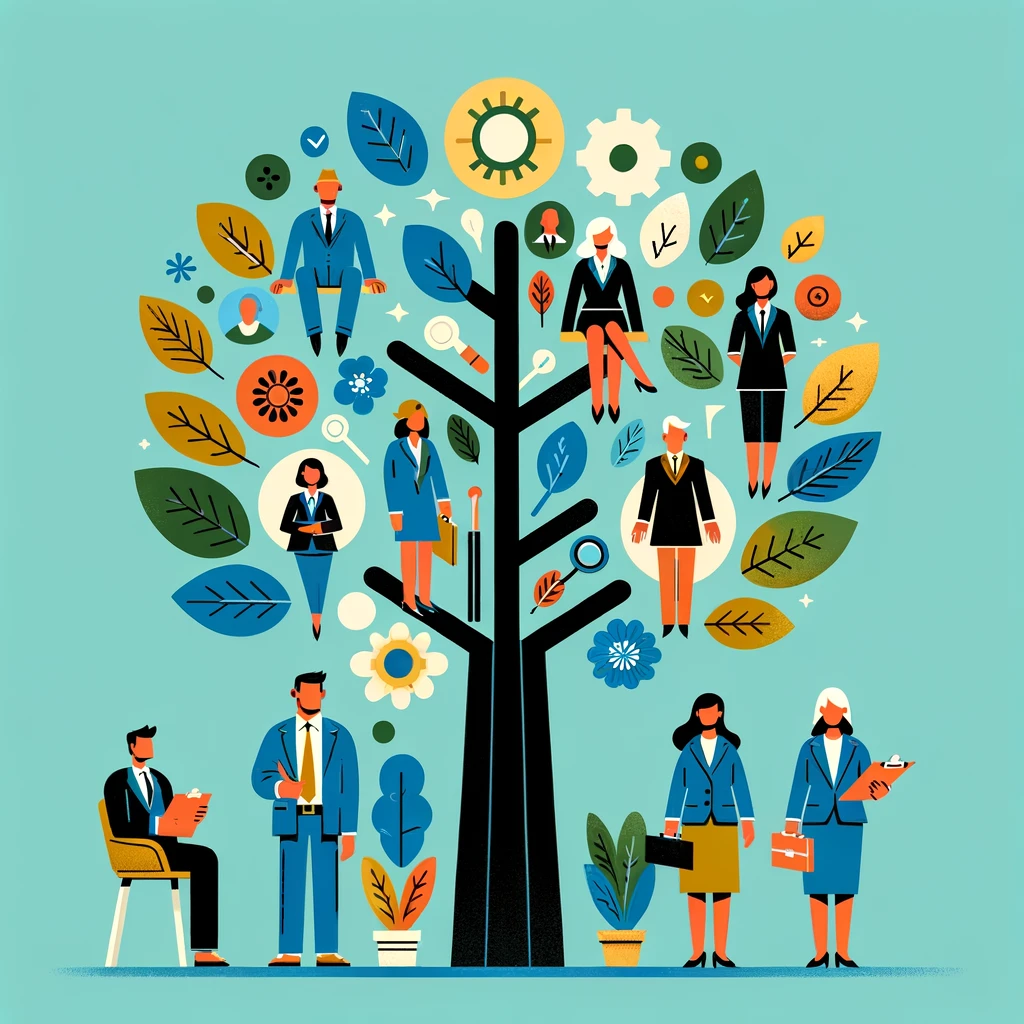Diversity & Inclusion is more than a corporate policy, it’s a set of behaviors and the language we use matters.

I was on the phone with a prospective client yesterday and we discussed an open position that they have had trouble filling. I asked for some background on the project, and was given this response:
“We need a guy who’s got an MBA, ten years of Supply Chain management, a progression of success with increasingly complicated projects, and ideally has experience with MRP consolidation. The problem is, every guy who applies is falling short, and we need to fill the position ASAP.”
This is a great opportunity to for my business. It’s right in my wheelhouse. But, let me ask you a question. Without re-reading that sentence, picture the person described in your head. What does the described ideal candidate look like?
I’m willing to bet you pictured a man. I’ll make that bet because the sentence described one. The word ‘guy’ is firmly associated with a male identity, and it is the only pronoun used in the description.
The client doesn’t need the best ‘guy’ for the job, they need the best ‘person.’
This is, of course, obvious. And sure, they don’t literally mean they will only consider men for the job. Yet still, the language used placed an emphasis on one gender and there’s simply no reason to do so.
Once your ears are tuned to the ‘guy’ problem, you’ll hear it everywhere. The definition of the word is literally “a man” (link to dictionary), yet in colloquial English, “guy” is a noun that covers all genders. Pay attention and you will hear men and women address groups of women as “guys”. It’s normal behavior, but just imagine a scenario where you refer to group of men as “gals”.
If this seems like a small issue to you, I would agree. In the realm of equality, the ‘guy’ problem is minor stuff. But minor stuff adds up and this is a simple problem you can fix immediately.



